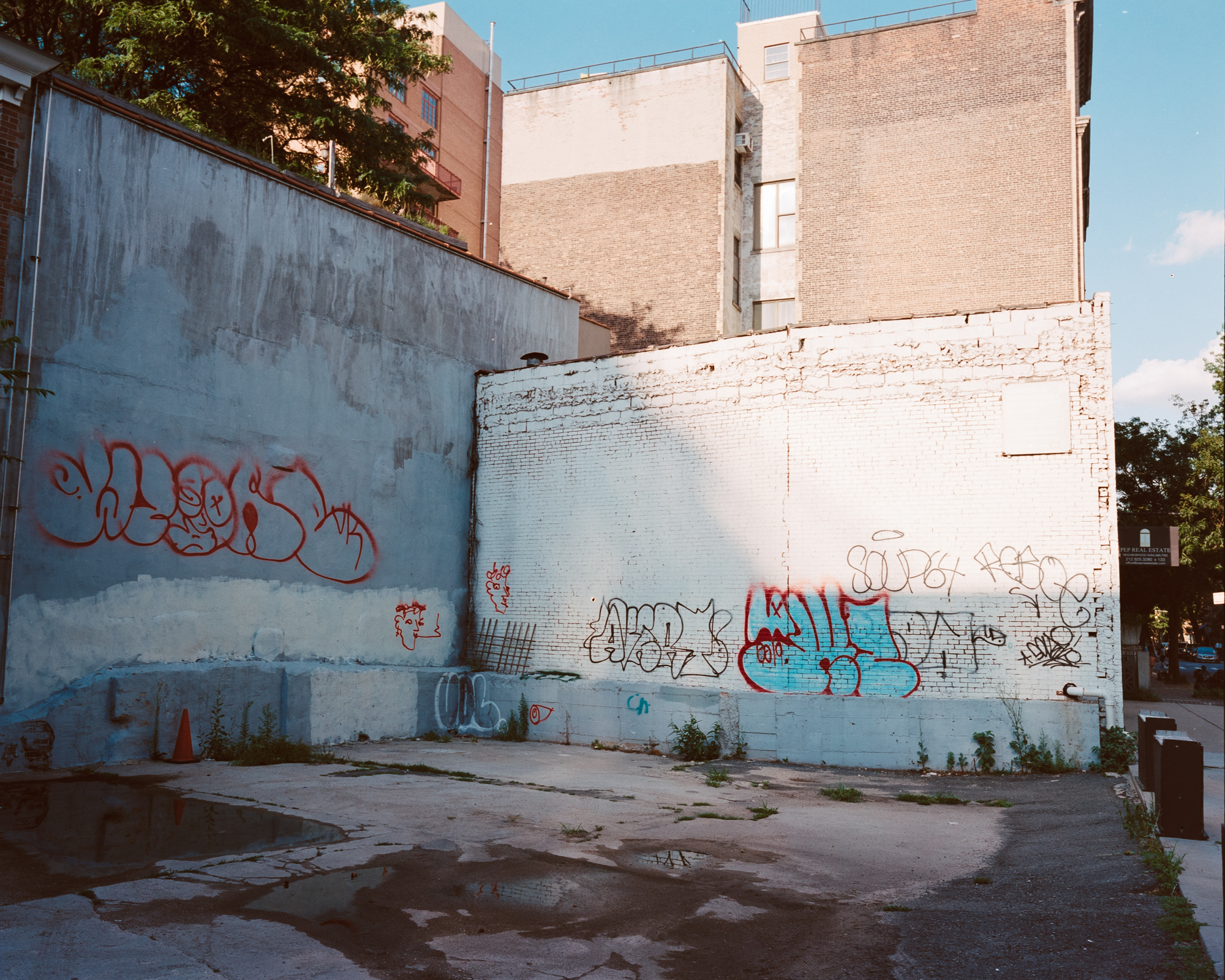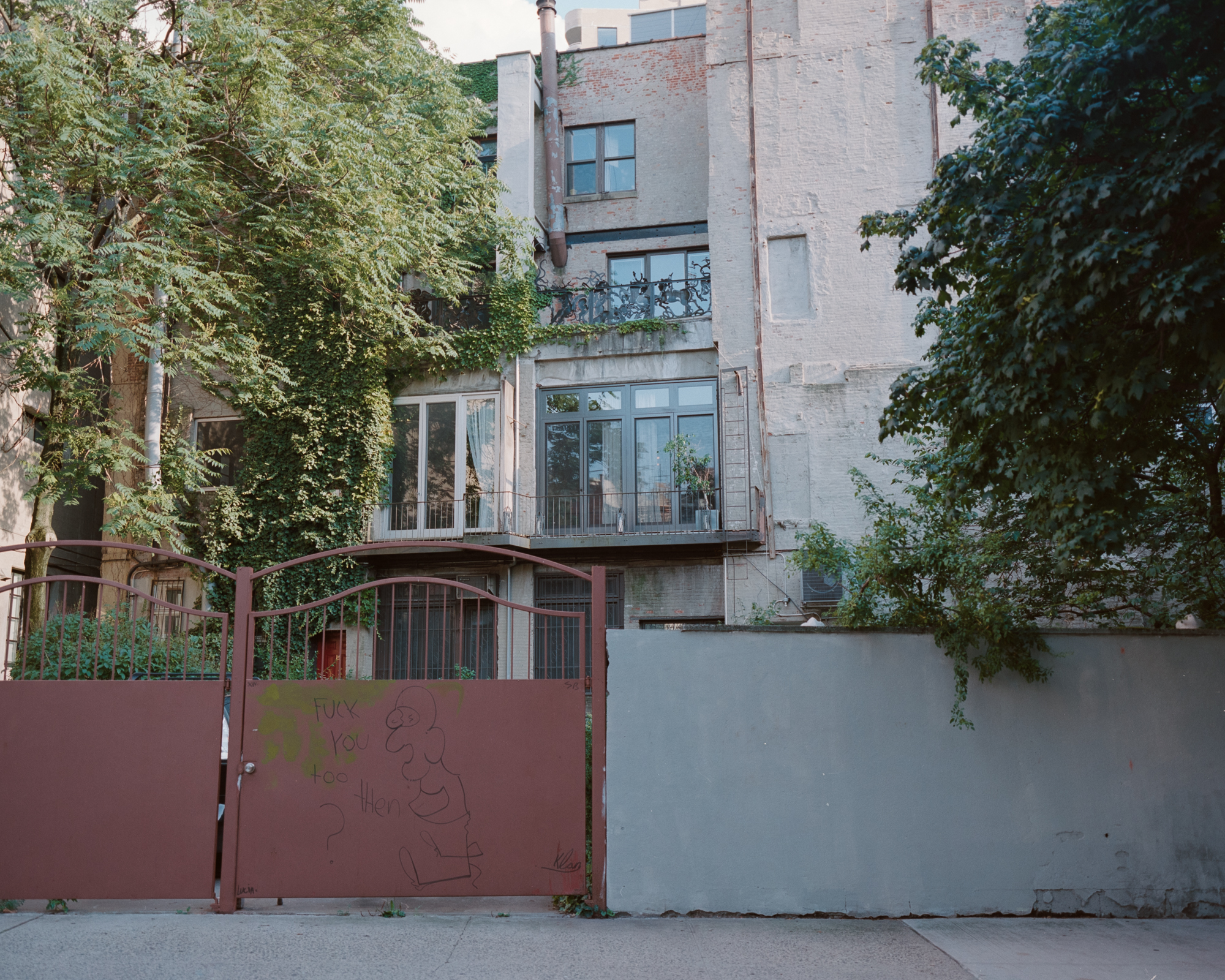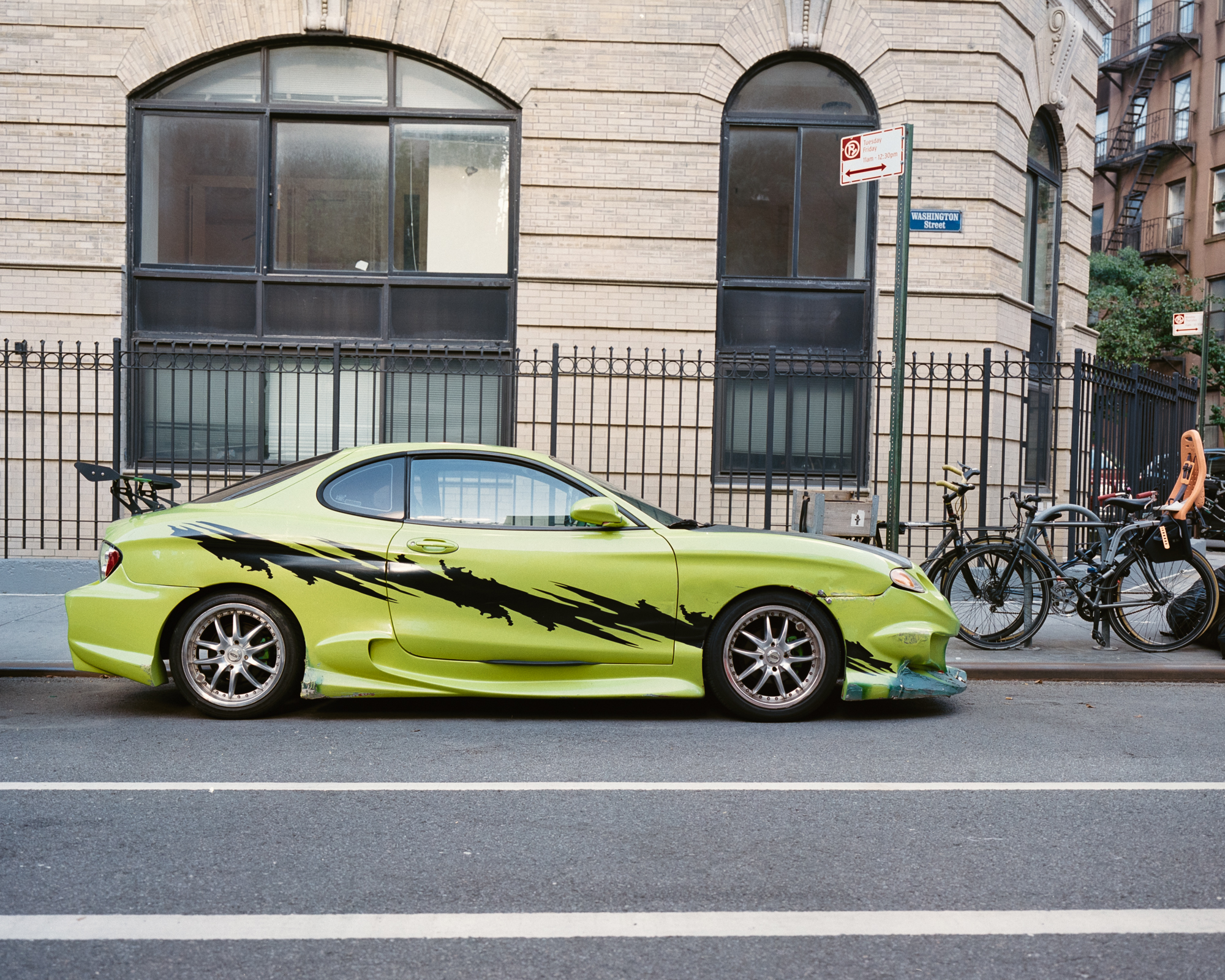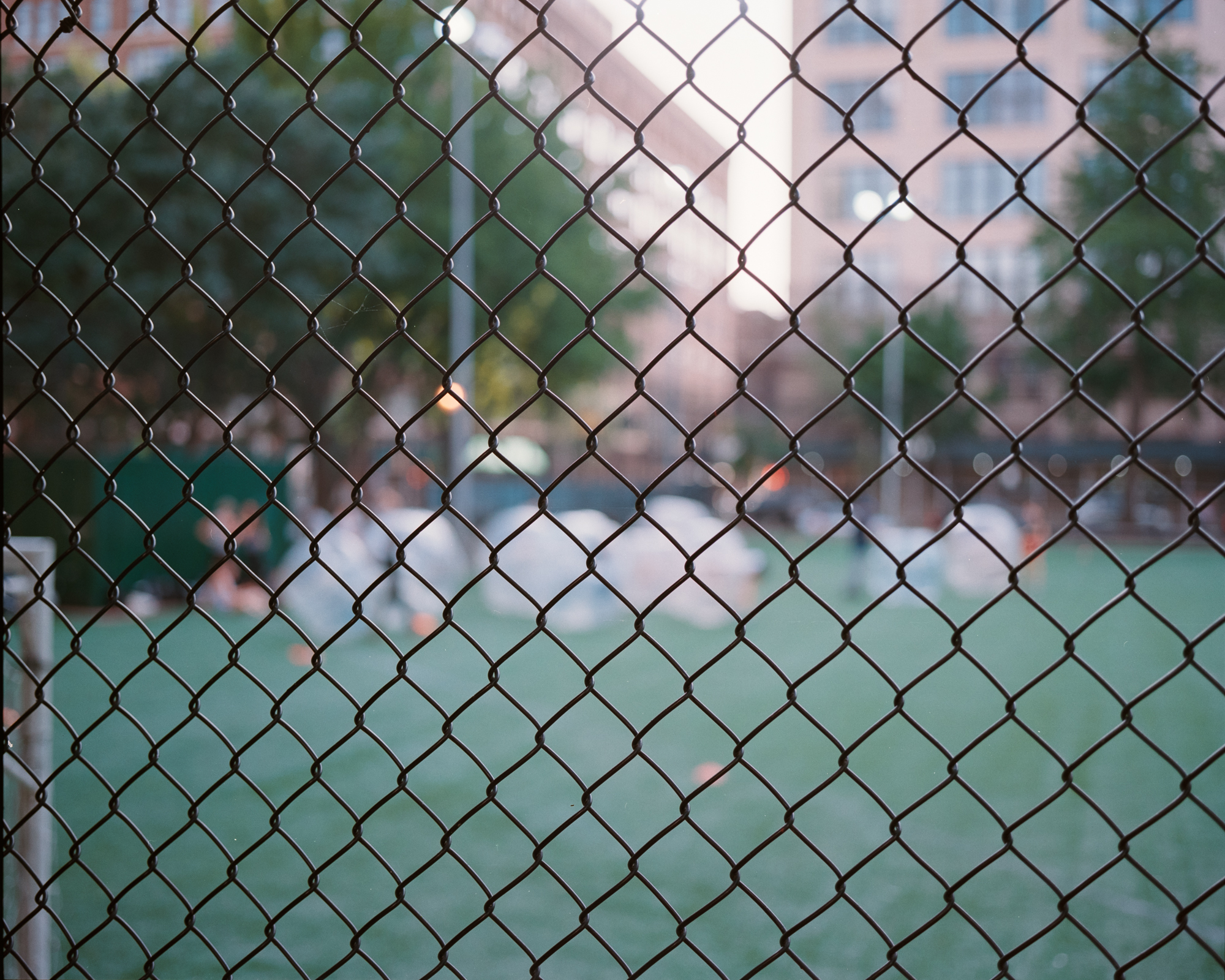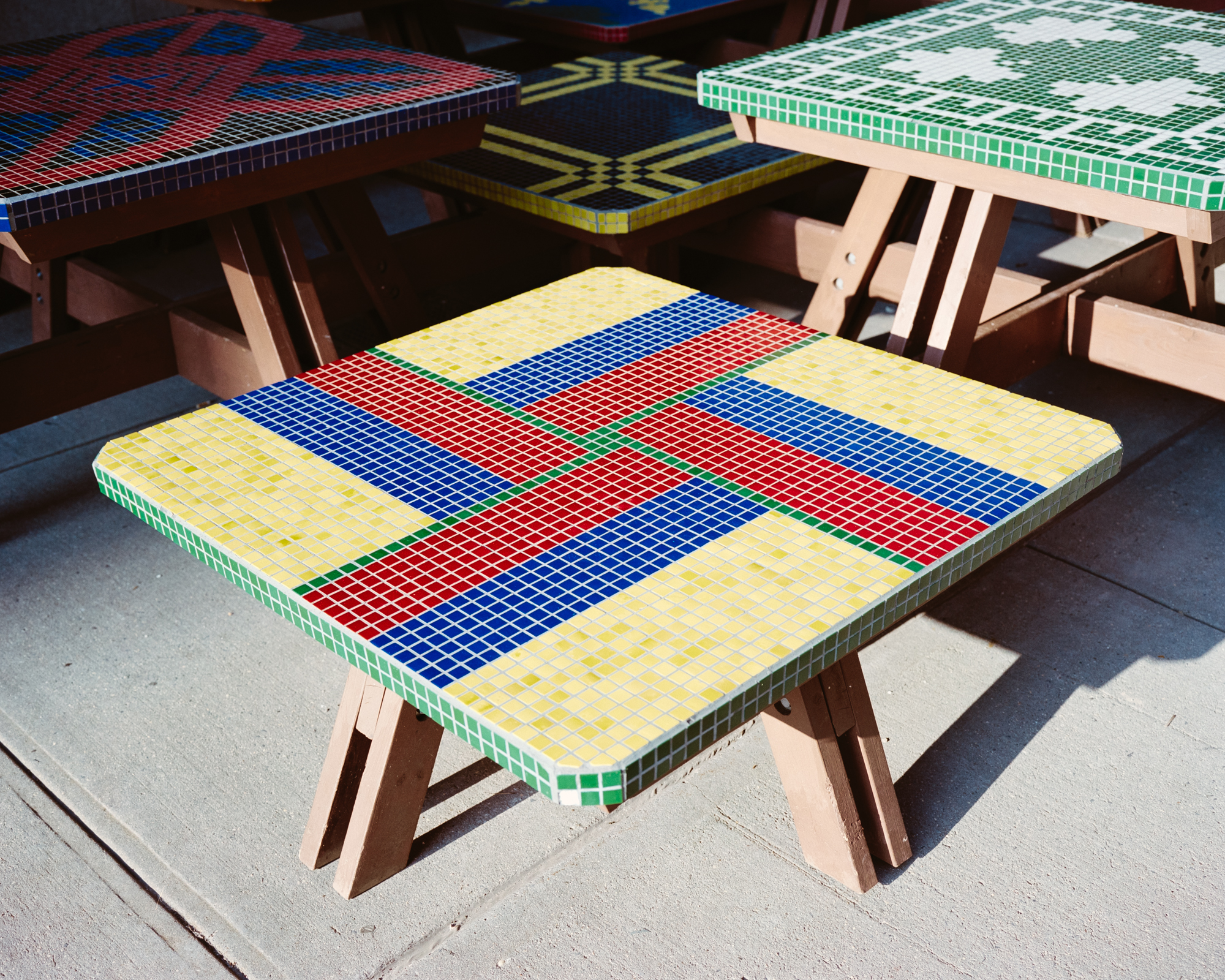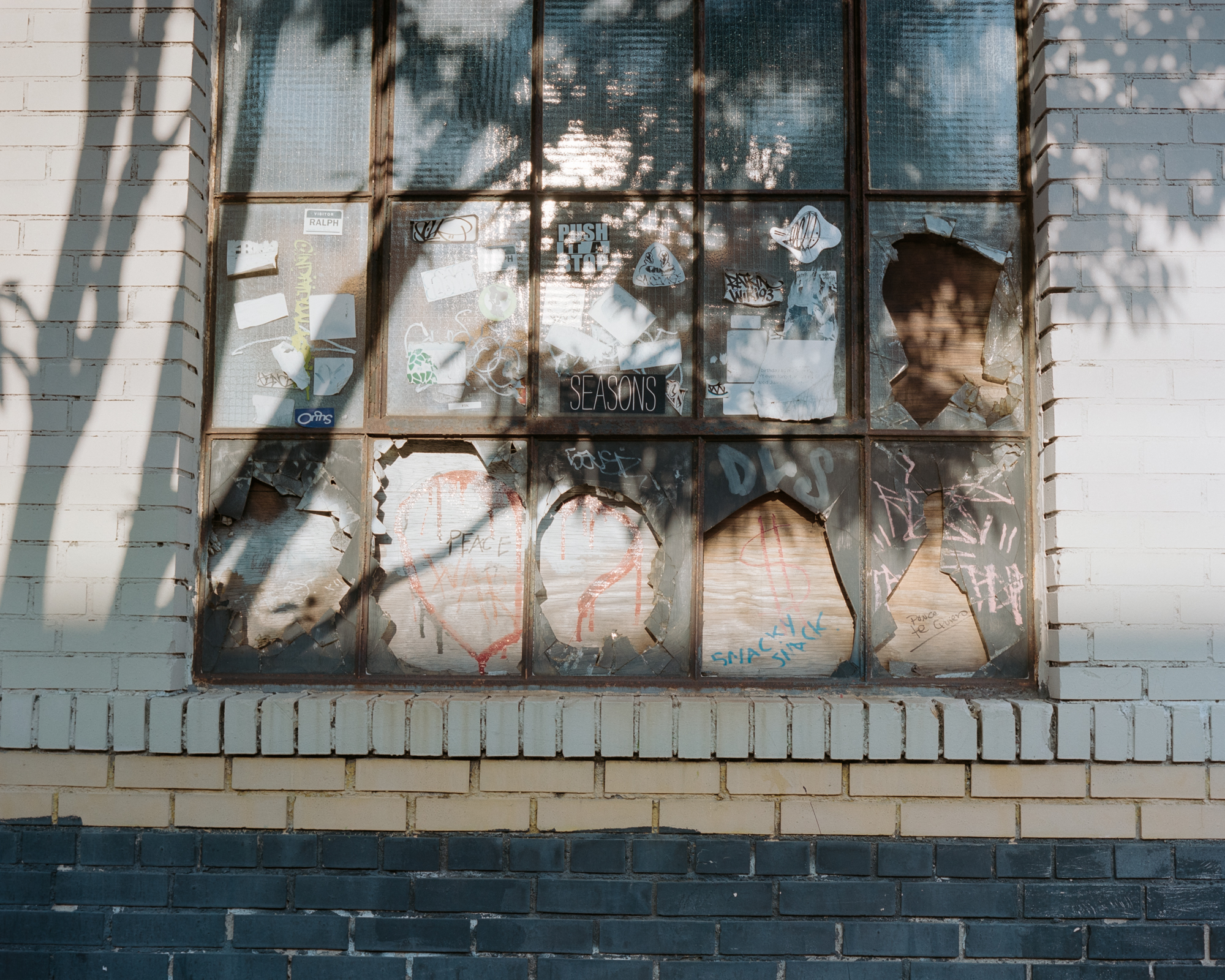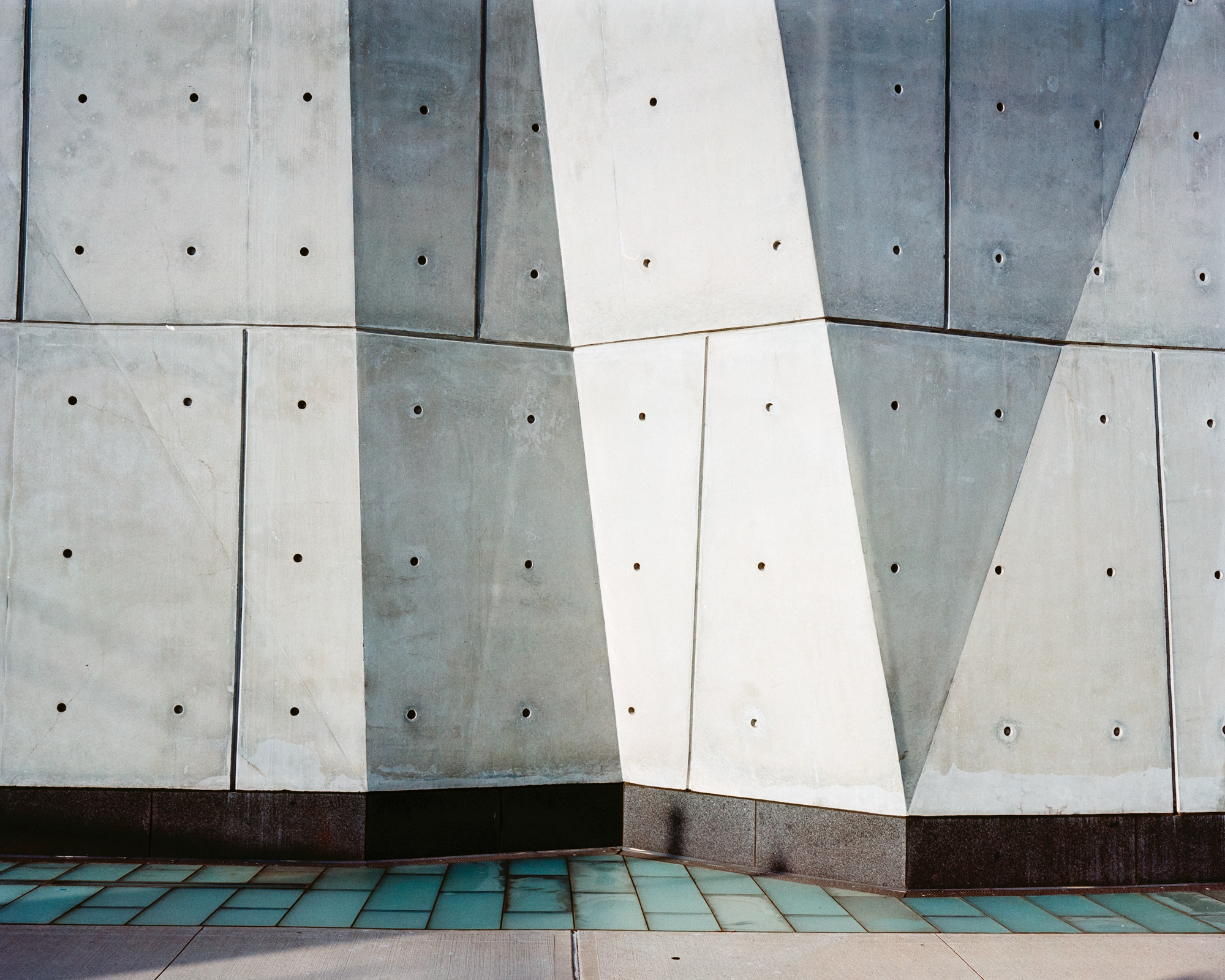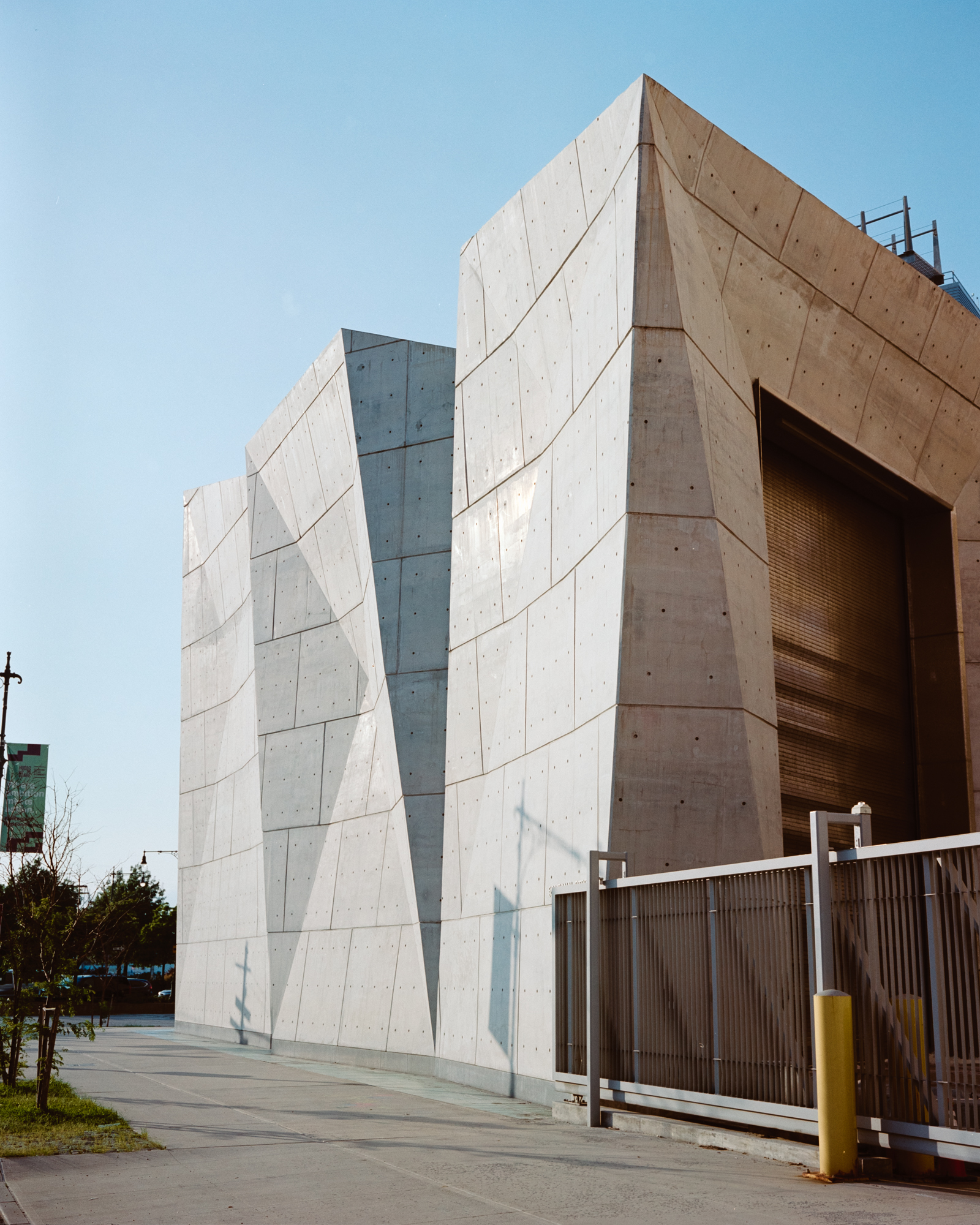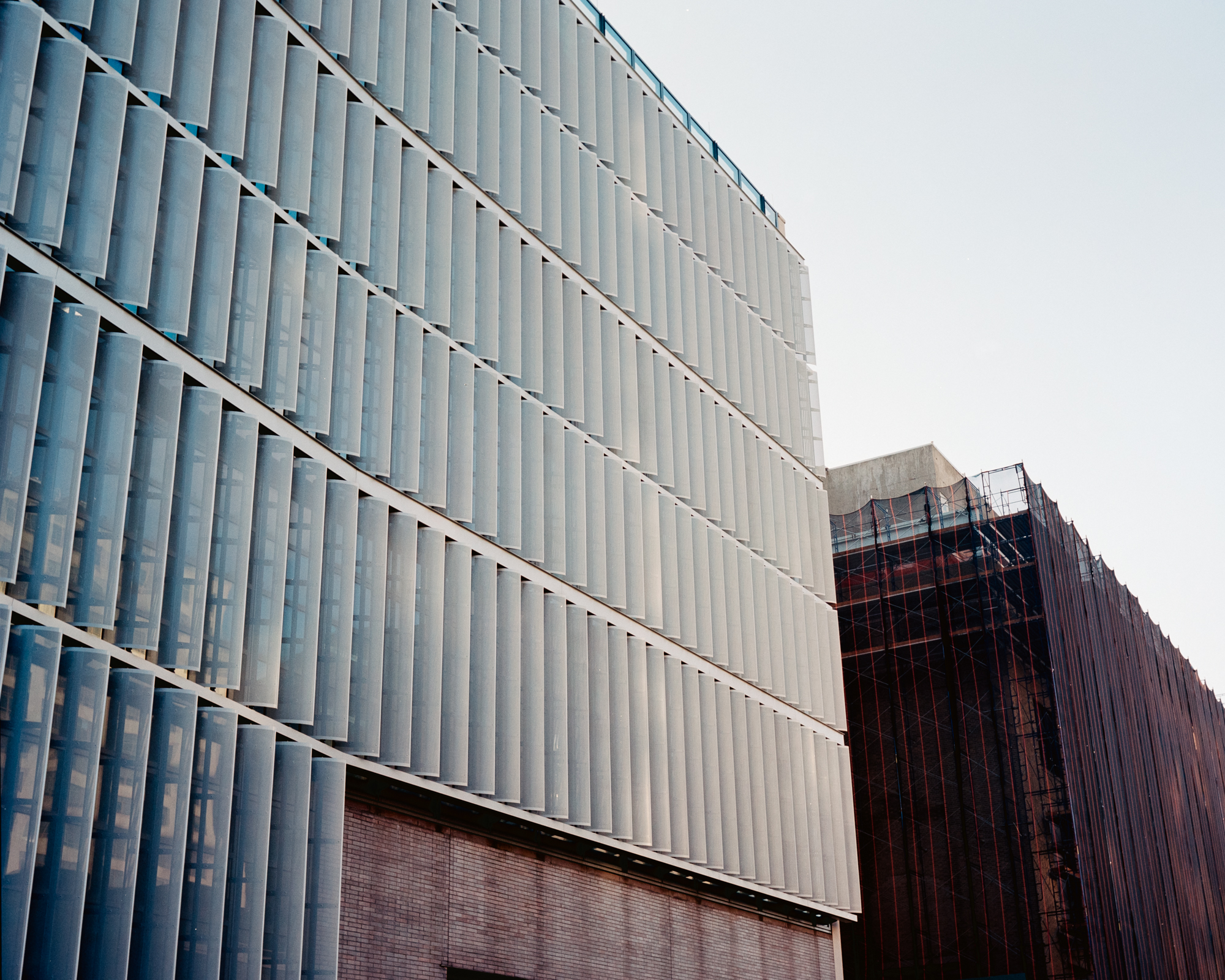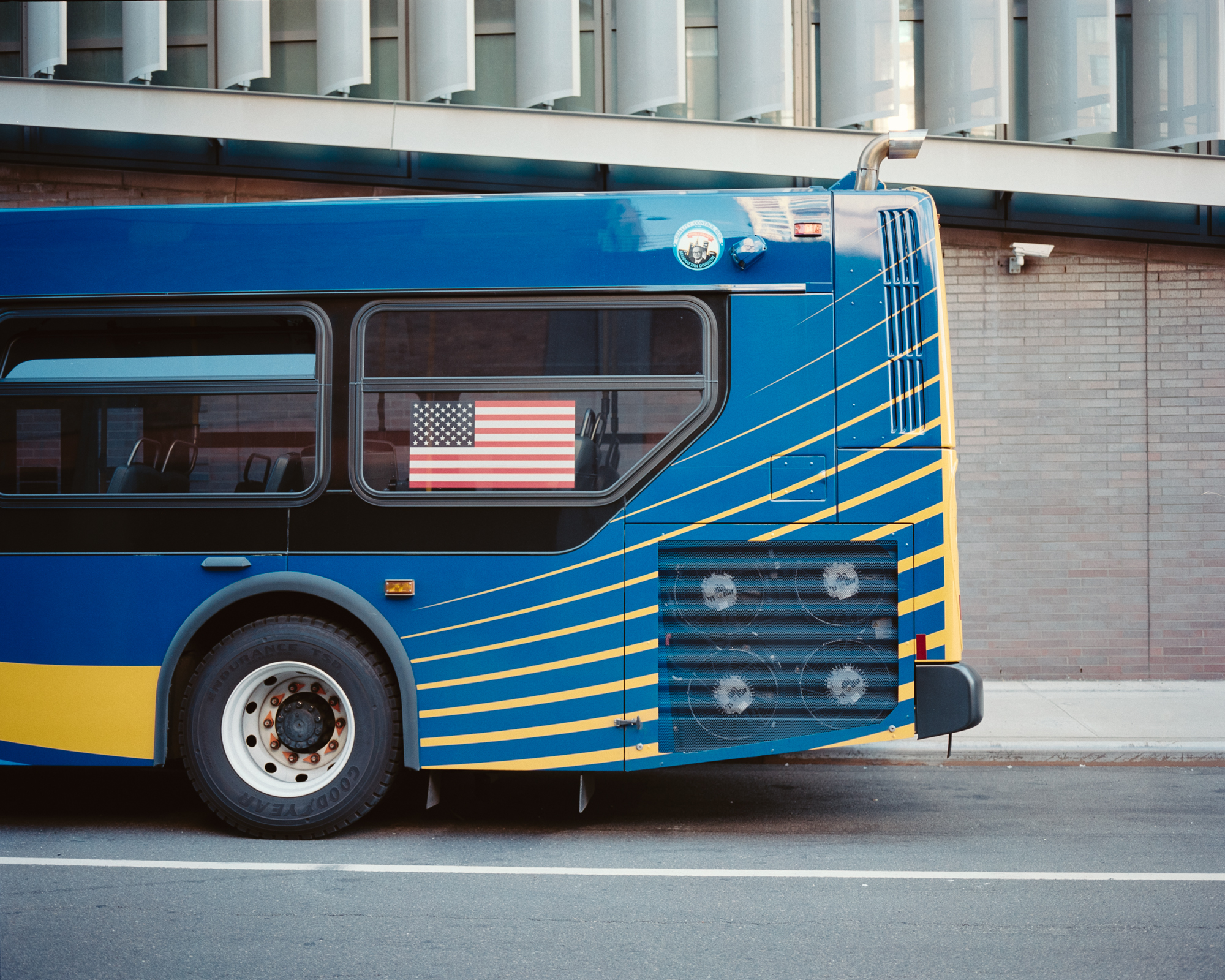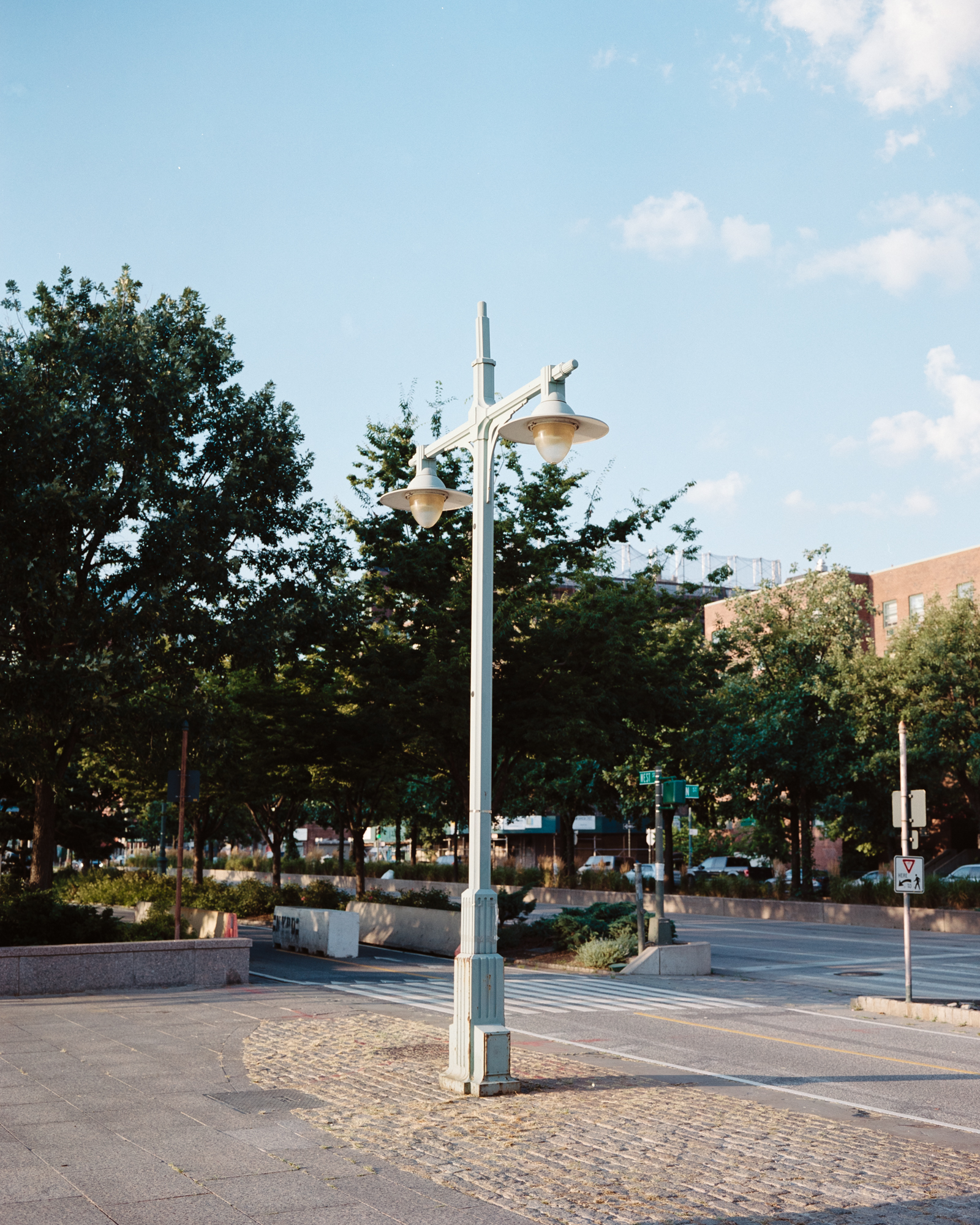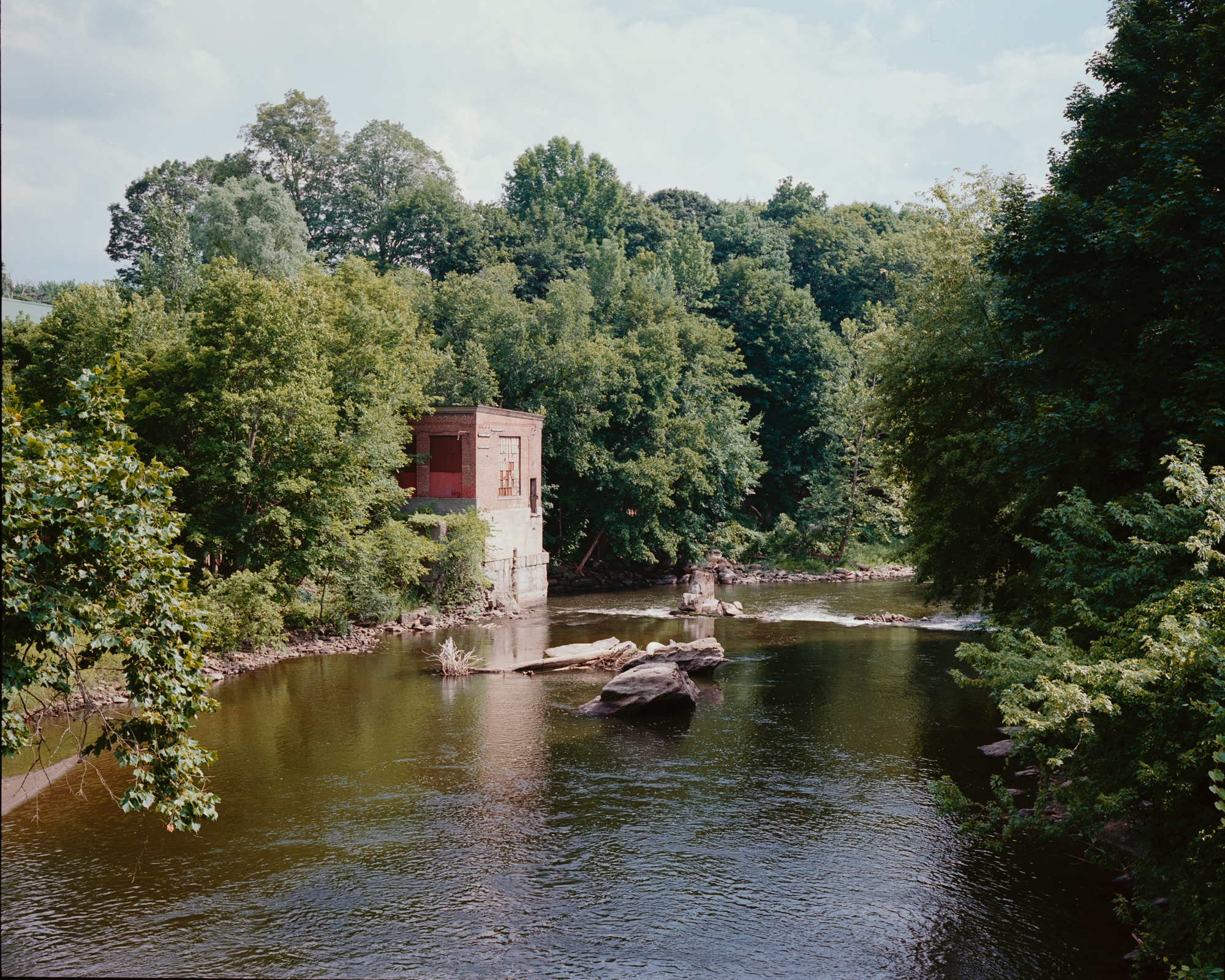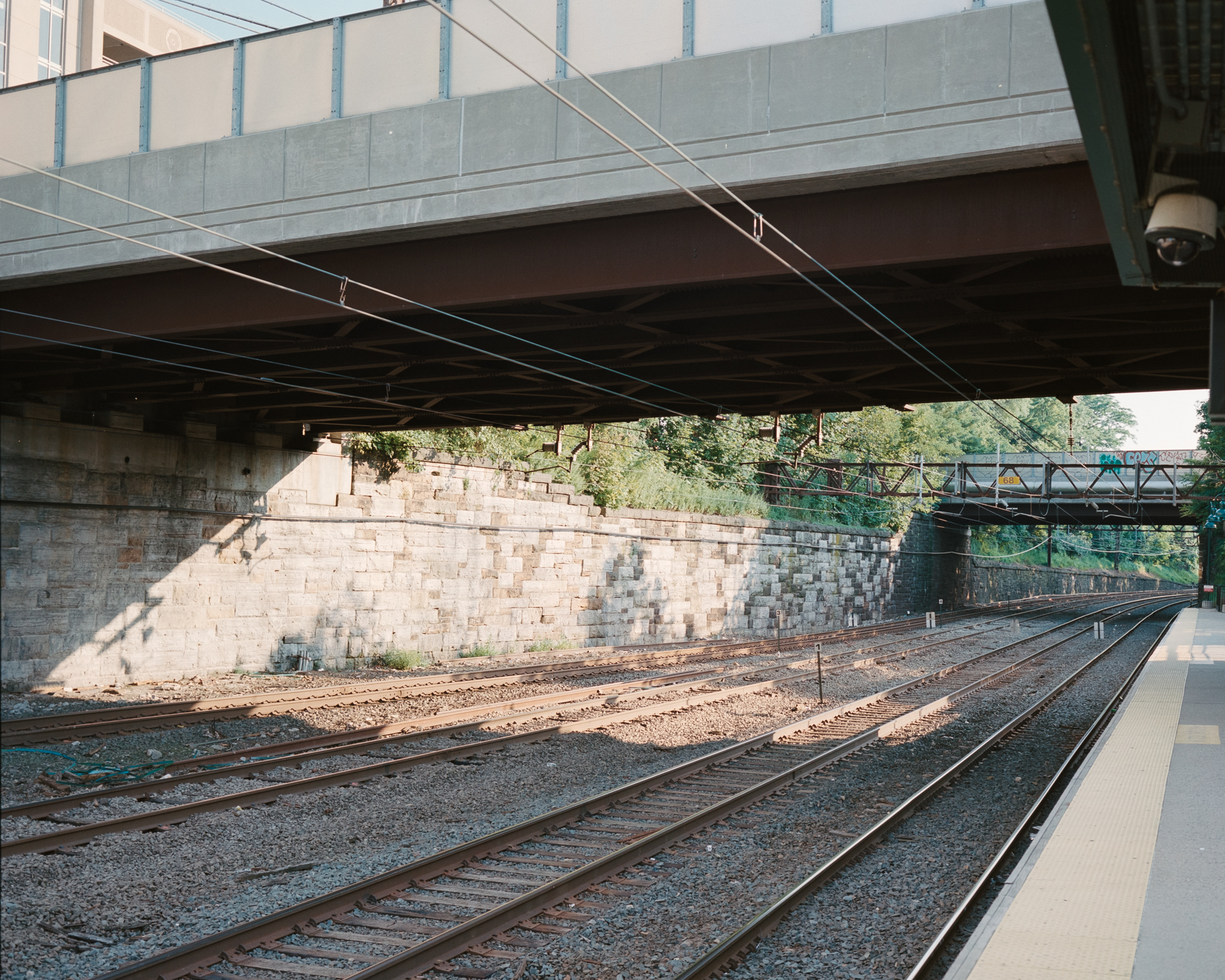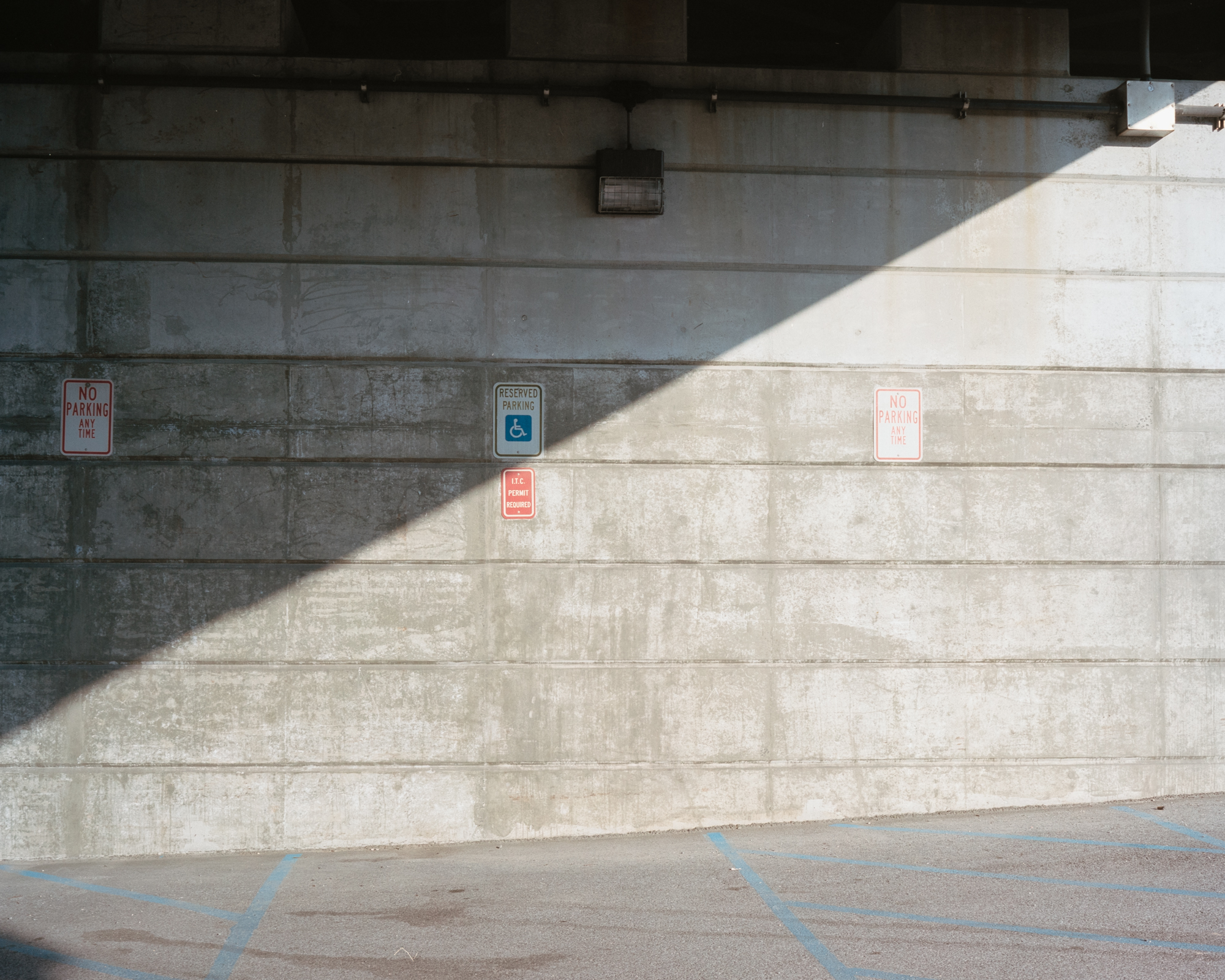My review and thoughts on the Mamiya 7II
I’ve owned my Mamiya 7II since 2016. I have a little more than 3 years of experience shooting with this camera and I have shot with it on a consistent basis. Now, I don’t have that much experience shooting other medium format cameras so it’s hard to compare to other systems. I have shot with a Pentax 67 which I sold to get this camera. I also recently purchased a Hasselblad 500c/m but I have put about 2 rolls through it.
First off, I love this camera. Most reviews end with their final thoughts but I kind of want to start with it. The Mamiya 7II is a joy to use and it has almost everything that I want in a camera. It’s not perfect but what I discovered over the years is, there is no perfect camera. It has some flaws but if you know them and the camera’s limitations, then I don’t see how any other camera tops it. But most importantly, this camera is a joy to shoot with. It makes me want to take road trips, take a train or plane, or just walk around my neighborhood and take photos.
What is a Mamiya 7II and Why I shoot with it
This camera is a medium format rangefinder. Medium format is the ideal size for me. While a 35mm camera is more compact, I find the negative too small. Image quality is compromised and while I still shoot 35mm from time to time, I prefer shooting what I like to shoot in medium format. It’s better for printing and it’s a lot easier to scan. It being a rangefinder is what really drew me to the camera. I have always enjoyed shooting with a rangefinder. It also makes the camera compact and light. This is a very important factor to me. With my Pentax 67, I barely shot with it because it was so heavy and cumbersome to carry around. That made me search for another camera system that would suit me more. I also wanted the 6x7 aspect ratio. When you look at your choices with these prerequisites there weren’t many choices. The Plaubel Makina is an awesome camera, (it’s a medium format rangefinder) but you are stuck with the lens on the camera. I knew I wanted a system that had interchangeable lenses. So with those criteria, there was only really one choice.
Handling and Feel
The feel of the camera in your hand is near perfect. It has an excellent grip that is deep and the camera is light enough to carry with you all day. It’s very comparable as a modern day DSLR, maybe even lighter because the lenses are generally smaller. The rangefinder is bright, big, and the patch is clear for you to nail focus. Not as good as a Leica rangefinder but still really good. The shutter dial in the Mamiya is somewhat difficult to adjust while you are looking through the rangefinder. If I need to change my shutter speed, I have to look take eyes off the rangefinder and look at the shutter dial to change it. It does have aperture priority mode but I have never used it. But you definitely can rely on it because the meter is so good.
Speaking of the light meter, it is pretty accurate and I use it all the time. When I first started shooting with the Mamiya 7II I would use a handheld meter. While I still carry one in my bag and use it form time to time with this camera, I have complete trust with the in-camera light meter. It is a center-weighted meter that almost works like a spot meter. It’s great for figuring out exposures for the shadow side of a frame as well as comparing it with the brighter side of the frame. My exposures have been accurate with it and with the latitude of negative film, my photos have been coming out great.
Mamiya 7 Lenses
Another aspect of this system that excels, are the lenses. There are only a few choices for lens, 43mm, 50mm, 65mm, 80mm, 150mm, and 210mm. The lenses that I have is the 50mm, 65mm, and 80mm. I haven’t tried the other lenses out but I have heard they are just as excellent as the ones I own. These lenses are sharp and performs very well. My favorite lens is the 80mm and I carry the 50mm with me often just in case I need something wider. The 80mm works for me because it’s easy for me to see the frame lines in the rangefinder. I also tend to shoot a little to wide so have the extra reach of the 80mm is ideal for me. The 65mm is an outstanding lens as well and I carry it when I decide to just bring one lens with me. One of the main reasons I pick the 80mm over the 65mm more often is that I wear glasses and I find it difficult to see the frame lines of the 65mm. The 50mm has an external viewfinder so it is easy for me to compose with compared to the 65mm. I love composing with the external viewfinder. It’s a more pleasant and bigger window to look through than the rangefinder on the body. If you put a gun to my head and have me pick one lens, I’d pick the 80mm. It might not be the most versatile lens but my favorite images that I have made have been with this lens.
A thing I want to point out with the lenses and this system is that it uses a leaf shutter in the lens. The camera does not have a shutter built in. This makes the shutter absolutely quiet. The lack of mirror and traditional shutter makes it ideal for keeping the camera stable while handheld. You can also sync a strobe or flash and use any shutter speed.
Final Thoughts on the Mamiya 7II
A minor drawback of this camera and almost any rangefinder camera is the focusing distance. It’s not that great, my 80mm can focus to about a meter. While you can certainly still get a portrait and take details somewhat close up, it might limit some people. I knew this coming in and with what I shoot with this camera, it is perfectly fine with me. The fastest shutter speed is only 1/500 of a second. This is due to the leaf shutter lenses. While it can be a hinderance, you can certainly work around it.
This is a camera I know I am going to keep for the rest of my life, hopefully it will still be operational until then. I knew that from the first shot I took with this camera. The lack of sound and stability of the camera when in use shocked me at first but it made me fall in love with it. It’s the perfect size for me and I do bring it with me almost everywhere. I get so much enjoyment with using this camera. The images I have made with it are my favorite that I have ever made. Can another camera do the same thing? Probably but it's hard to find something with this form factor.
Prices are crazy high for this camera. You can probably find a Mamiya 7II with an 80mm lens for around $3000 or more. I haven’t used the Mamiya 7, it’s probably just a good (viewfinder and doing multiple exposures was the main upgrade to the II) and costs a little less. I purchased this camera in 2016 and paid about $1800 with the 80mm lens. I still think this camera is worth it with its new price tag. I would pay that much for it just because I know it’s what I am looking for in a camera. So if you ever get an opportunity to try one out and find one in good condition for sale, go for it. I guarantee that you will not regret it and will enjoy the experience as much as I have.
Here are the last few rolls that I took with it. I just walked around lower Manhattan, tried an emphasis to get in closer. I used Kodak Portra 800 and shot everything on the 80mm. These images were scanned with a Canon 5D mark IV and 100mm macro lens. The raw files were processed with Negative Lab Pro.

